Be it in science, technology, engineering or math (STEM), several women have not only accomplished the unthinkable, but also broken gender barriers along the way. Their work has pioneered inventions and discoveries that shape the very core of our existence, inspiring more young women to pursue careers in the lesser chosen paths. Let’s take a look at 10 such trailblazers.
Asima Chatterjee, Chemist (23 September 1917 – 22 November 2006)
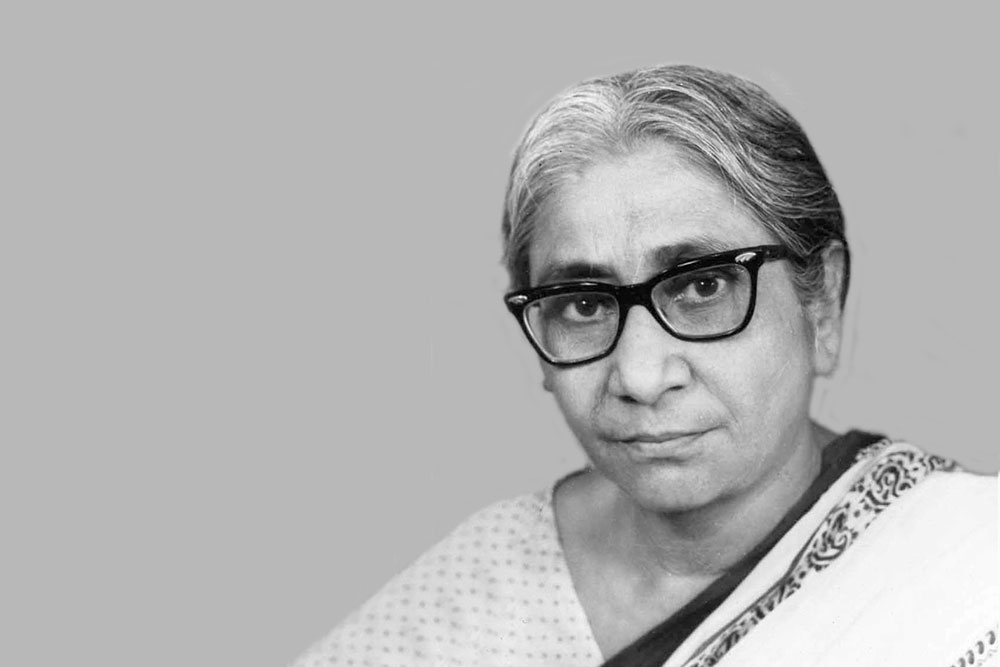
Picture Courtesy: @Wikipedia
Known for her accomplishments in the fields of organic chemistry and phytomedicine, her most notable works include research on vinca alkaloids (are used in chemotherapy for cancer), the development of anti-epileptic drugs, and anti-malarial drugs. She was the first woman to receive a Doctorate of Science in 1944 from Rajabazar Science College.
Shubha Tole, Neuroscientist
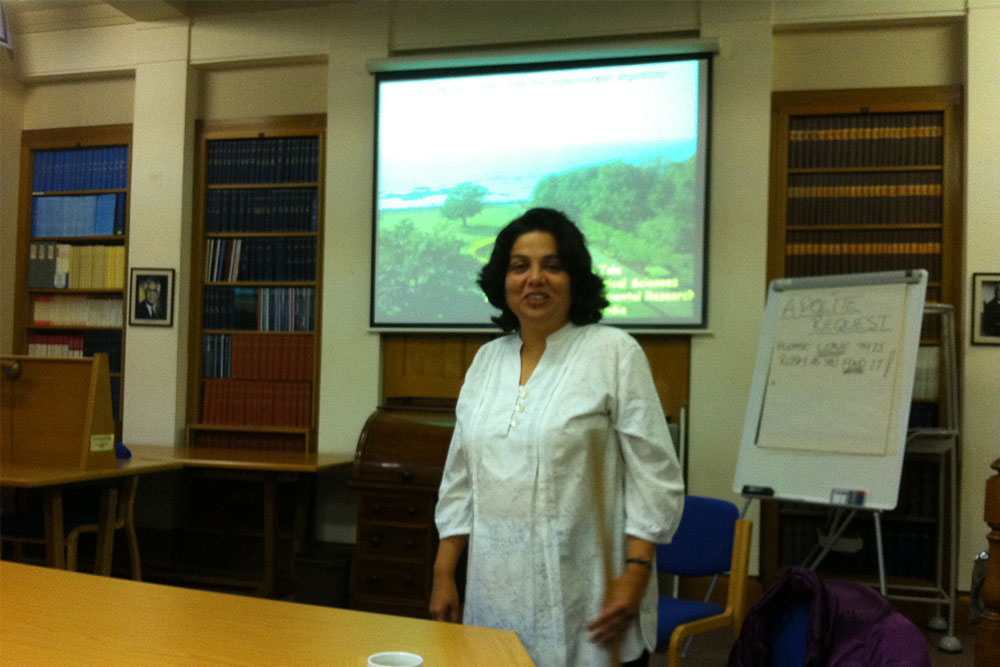
Picture Courtesy: @TIFR
Renowned for her contribution in the field of neuroscience, her research involves investigating the development and evolution of the mammalian brain. She is famous for having discovered a regulatory gene, Lhx2, which is crucial to the proper formation of the hippocampus, amygdala, and cortex of the brain.
Dr Aditi Pant, Oceanographer
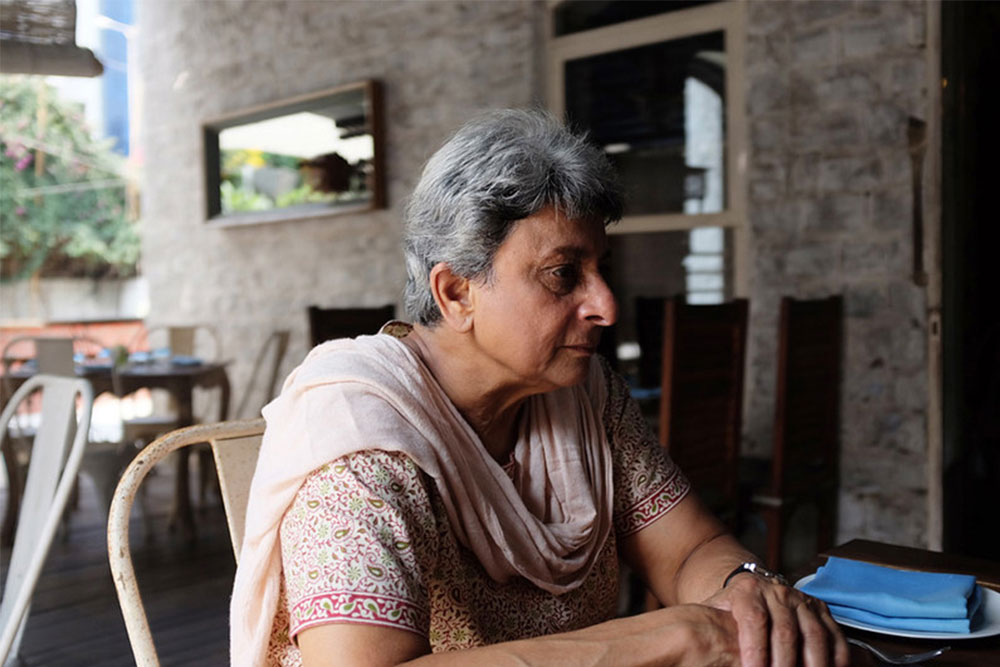
Picture Credit: @Flickr
She was the first Indian woman to visit Antarctica, alongside geologist Sudipta Sengupta in 1983 as part of the Indian Antarctic Program. Her excursion was aimed at gathering data related to food chain physics, chemistry, and biology in the Antarctic Ocean. During the course of the mission, the team built Dakshin Gangotri, the first Indian scientific research base station of Antarctica.
Chien-Shiung Wu, Experimental Physicist (May 31, 1912-February16, 1997)
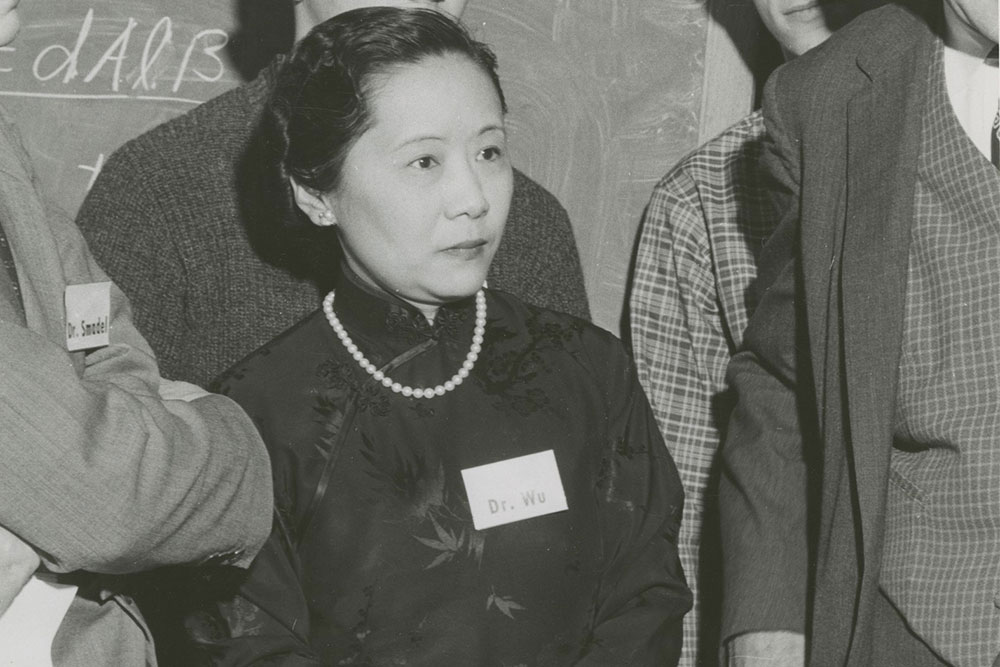
Picture Courtesy: @Wikipedia
Dubbed as the ‘First Lady of Physics’ and the ‘Queen of Nuclear Research’, Wu made significant contributions in the field of nuclear physics. She was the first scientist to confirm and later refine Enrico Fermi’s theory of radioactive beta decay (this interaction explains beta decay of a neutron by direct coupling of a neutron with an electron, a neutrino and a proton) in 1950s. She is also known for her ‘Wu experiment ’, a nuclear physics experiment conducted in 1956.
Vera Rubin, Astronomer (July 23, 1928-December 25, 2016)
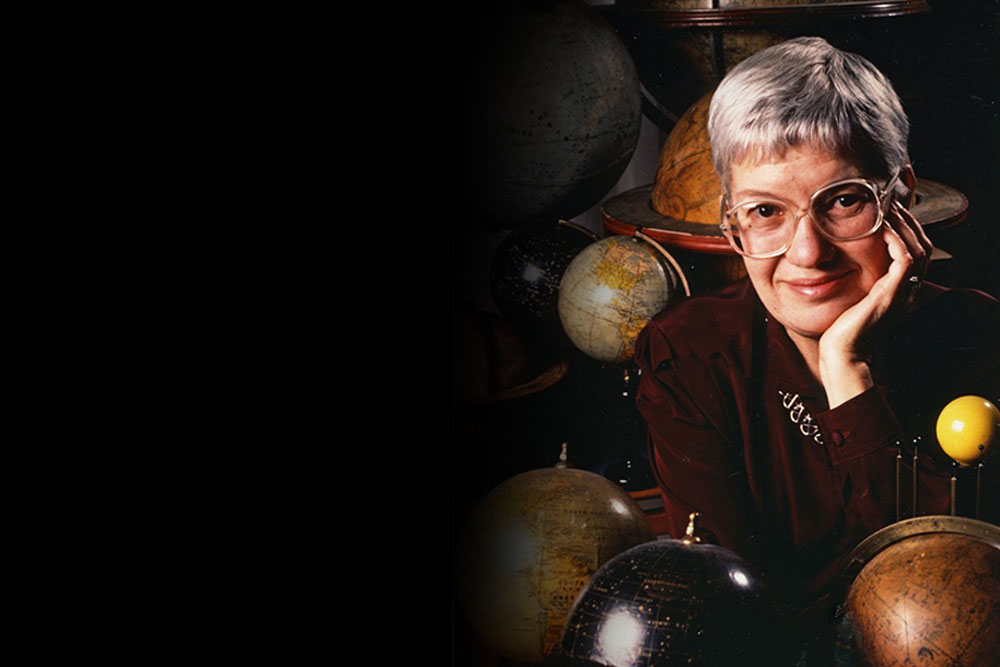
Picture Courtesy: @pnas.org
Through her work on galaxy rotation rates and her study on the galactic rotation curves, she found evidence of the existence of dark matter . Rubin spent her life advocating for women in science, and was known for her mentorship of aspiring female astronomers. She is the first woman to have a large observatory named after her: in June 2019, the Large Synoptic Survey Telescope (LSST) in Chile was renamed to the National Science Foundation Vera C Rubin Observatory (Rubin Observatory).
Paramjit Khurana, Indian scientist in Plant Biotechnology, Molecular Biology, Genomics
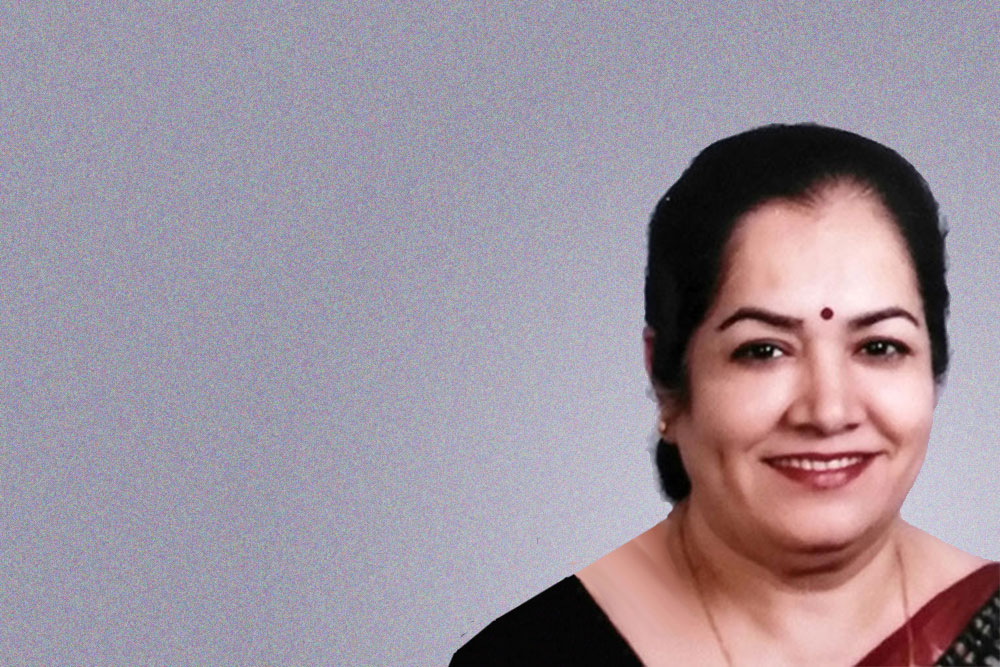
Picture Courtesy: @twas.org
Paramjit Khurana developed hybrid strains of mulberry, wheat and rice that are drought resistant, can withstand heat, and have a higher UV radiation capacity, thus helping farmers who depend on weather conditions for their crops. She has published over 125 scientific papers, and is a professor at the Plant Molecular Biology Department of the University of Delhi since 1998.
Gladys West, Mathematician
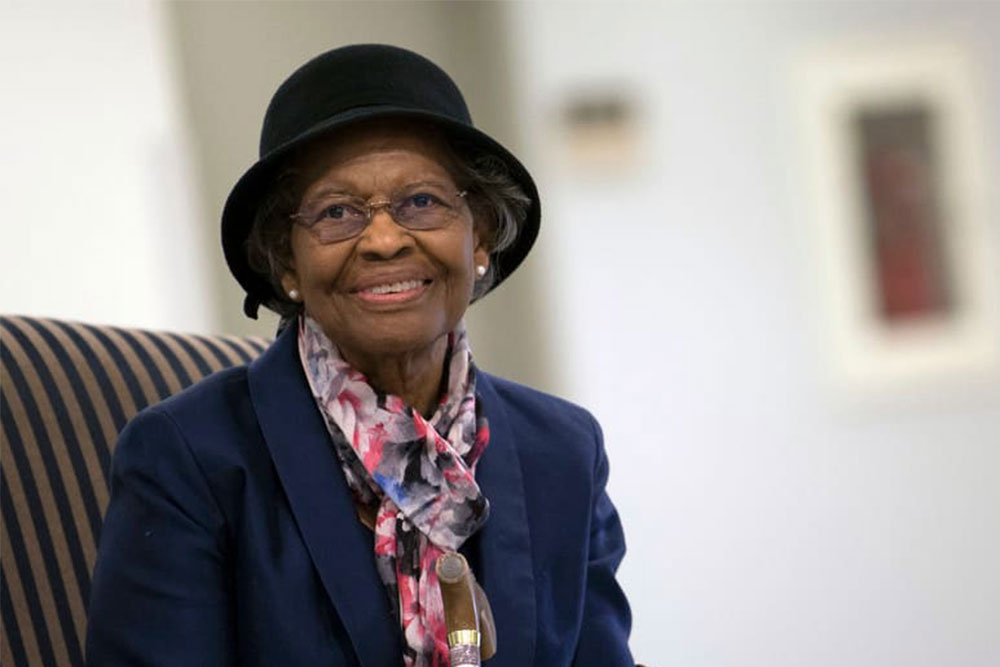
Picture Courtesy: @Wikipedia
She is known for her work towards the mathematical modelling of the shape of the Earth, and her research on the development of the satellite geodesy models (science of accurately measuring and understanding Earth's geometric shape, orientation in space and gravitational field.) From the mid-1970s through the 1980s, West programmed an IBM computer to deliver increasingly precise calculations to model the shape of the Earth, which generated an extremely accurate model. West's data ultimately became the basis for the Global Positioning System (GPS).
Dr Tahani Amer, Engineer - Mechanical & Aerospace
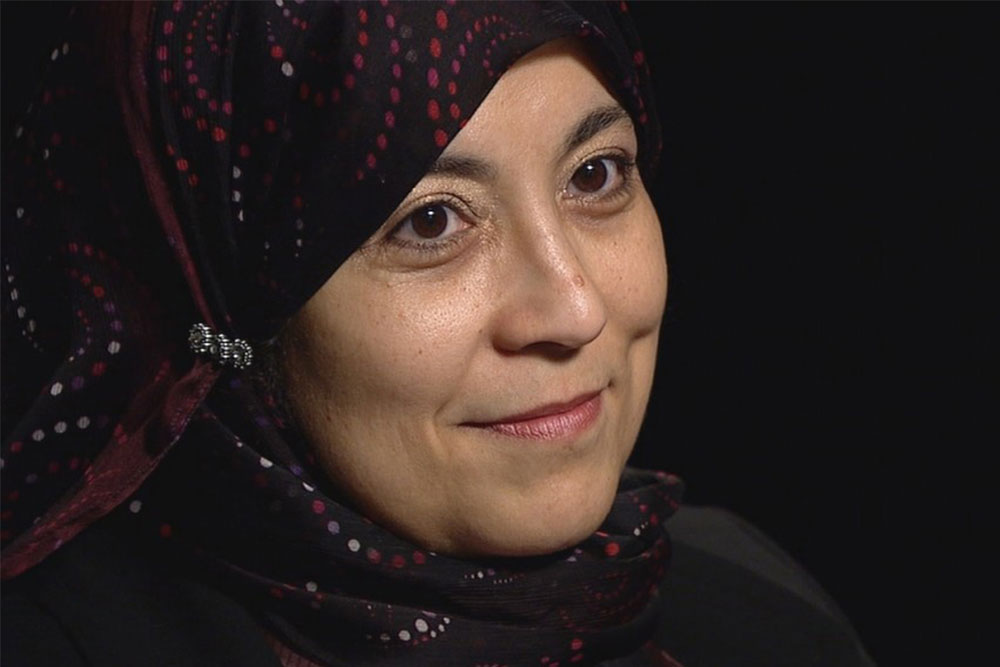
Picture Courtesy: @women.nasa.gov
In 2001, she patented an invention (yet to be named) – a device and method for measuring thermal conductivity of thin films, which has implications in transistors, optical coatings, and thermoelectric energy conversion. In 2014, she won a Public Service award from NASA for her dedication to promoting women in people of colour in science.
Kamal Ranadive, Biomedical Researcher (November 8, 1917-2001)
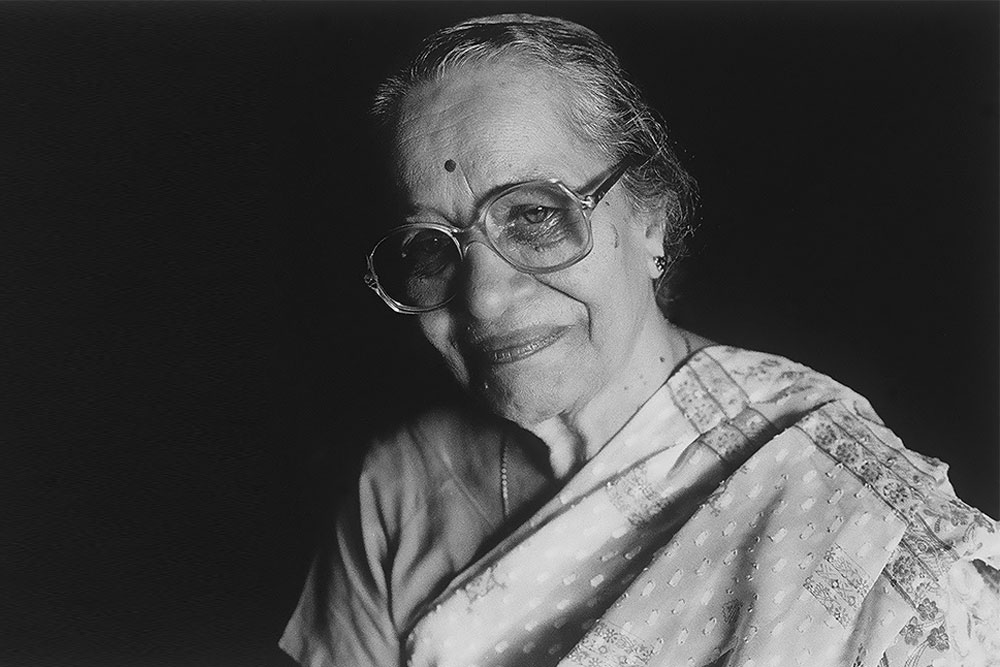
Picture Courtesy: @Wikipedia
She was awarded the Padma Bhushan for Medicine in 1982 and set up India's first tissue culture research laboratory at the Indian Cancer Research Centre in Mumbai in the 1960s. She formed iconic institutions like the Indian Cancer Research Centre (ICRC) in Delhi and the Indian Women Scientists’ Association (IWSA) in 1973 in Mumbai. In 1945, she was one of the first to propose that breast cancer can be linked to heredity.
Flossie Wong-Staal, Virologist and Molecular Biologist (August 27, 1947- July, 8, 2020)
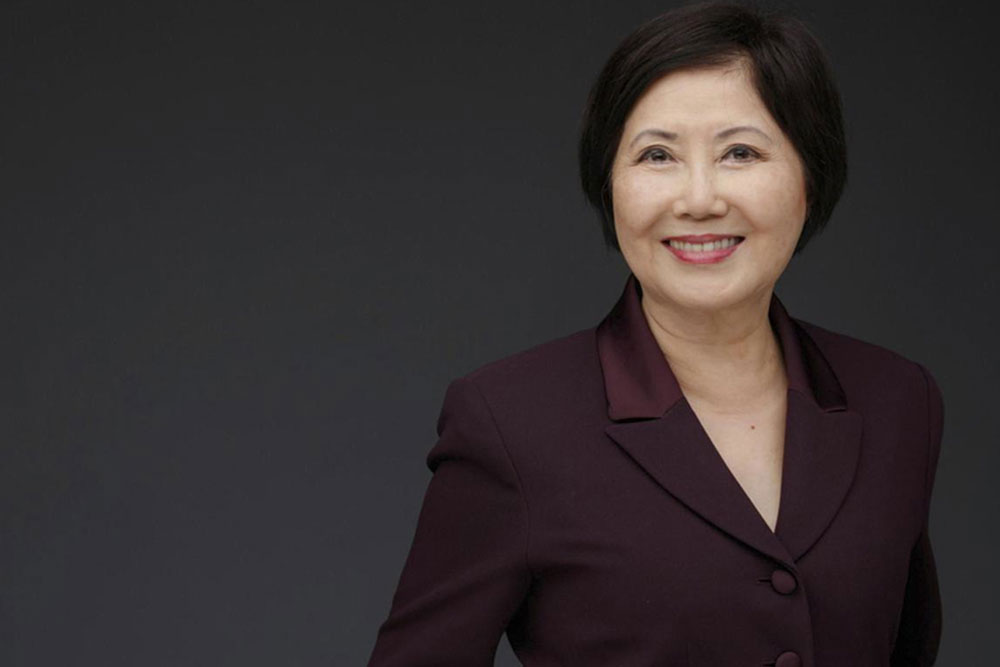
Picture Courtesy: @the-scientist.com
Wong-Staal was the first scientist to clone HIV and determine the function of its genes in 1985. Her finding was a major step in proving that HIV is the cause of AIDS.